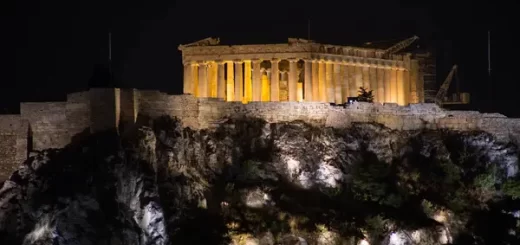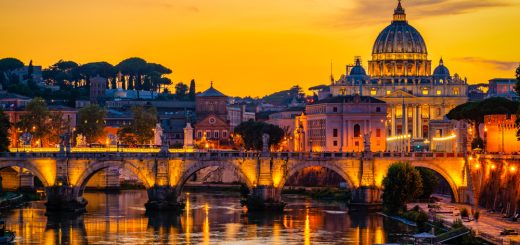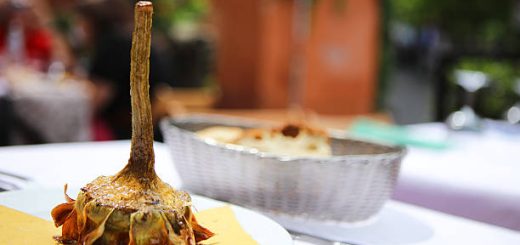The Hidden History Behind the Lesser-Known Ruins of the Riviera Maya
The Hidden History Behind the Lesser-Known Ruins of the Riviera Maya
When people think of the Riviera Maya, iconic landmarks like Chichén Itzá or the picturesque coastal ruins of Tulum often come to mind. However, beyond these world-famous archaeological sites, there are many lesser-known Mayan ruins that hold fascinating stories about the ancient civilization. These hidden gems, tucked away from the crowds, offer a more intimate, authentic, and enriching experience for those who seek to uncover the deeper historical roots of the region.
In this article, we’ll take you on a journey through time, exploring some of the Riviera Maya’s lesser-known ruins and the stories they silently preserve. We’ll also show you how to visit them comfortably and efficiently with private transportation—perfect for travelers who want a flexible, stress-free cultural adventure.
-
Muyil: A Hidden Legacy in the Jungle
Located within the Sian Ka’an Biosphere Reserve, Muyil is one of the oldest known Mayan settlements in the region, with evidence of habitation dating back to 300 BCE. Unlike other Mayan cities found on elevated terrain or open spaces, Muyil is surrounded by dense jungle, giving it the enchanting feeling of a forgotten city reclaimed by nature.
Its main structure, El Castillo, rises over 17 meters (56 feet) high, offering stunning views of the Muyil lagoon and part of the surrounding reserve.
Beyond its beauty, Muyil played a crucial role as a trading hub. Thanks to its location near a system of canals that connected to the Caribbean Sea, it became a major point for the exchange of goods such as jade, obsidian, salt, and textiles. These ancient canals—some still navigable today—demonstrate the Maya’s remarkable hydraulic engineering.
📍 How to get there: Muyil is just 20 minutes south of Tulum. The best way to visit is by private transportation, allowing you to explore the site at your own pace, away from the constraints of group tours or public transport.
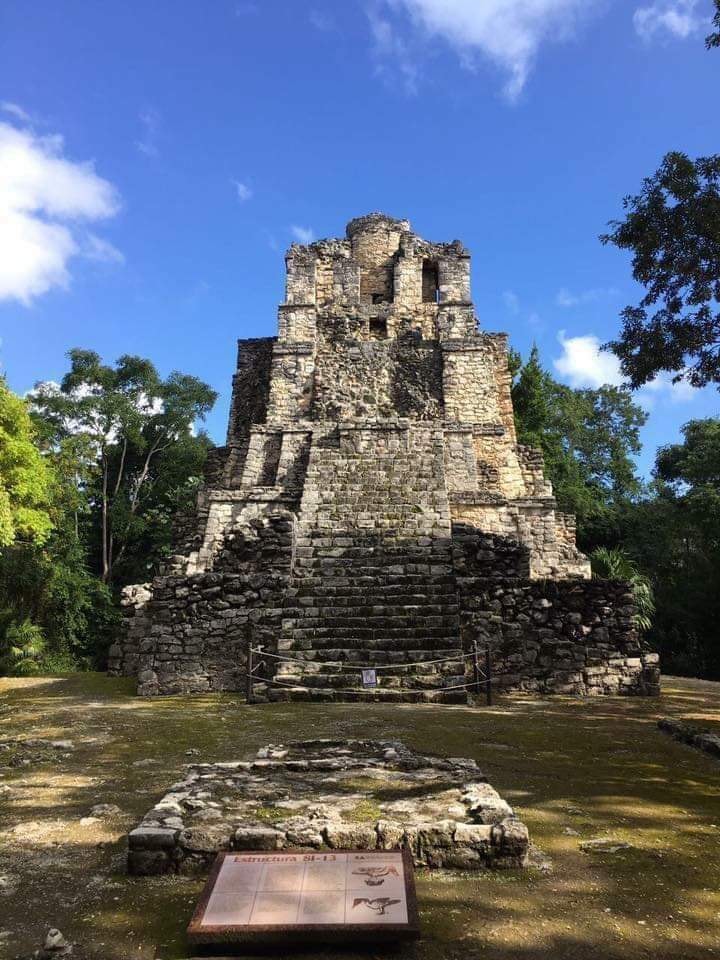
-
Ek Balam: The Black Jaguar That Guards Ancient Secrets
Ek Balam, meaning “Black Jaguar” in the Mayan language, is one of the best-preserved and least-crowded archaeological sites on the Yucatán Peninsula. Although it’s close to Valladolid and Chichén Itzá, Ek Balam remains a hidden treasure for those seeking a deeper cultural experience.
Its main attraction is the Acropolis, a massive structure over 30 meters (98 feet) tall. What truly sets it apart are the intricate stucco reliefs that adorn its facade—an uncommon feature in other Mayan sites. Among the most impressive is a sculpture resembling a giant mouth, possibly representing the “earth monster,” which guards the entrance to a royal tomb.
Ek Balam was a powerful political center from the 6th to 11th centuries CE. The discovery of a tomb within the Acropolis confirmed the burial of King Ukit Kan Le’k Tok’, a prominent ruler during the city’s golden age.
📍 How to get there: Ek Balam is about 2.5 hours from Cancún. Booking private transportation makes it easy to combine the visit with a swim at the nearby cenote X’Canche, just steps from the ruins.

-
San Gervasio: A Sacred Place for Mayan Women
On the island of Cozumel lies San Gervasio, one of the most important religious centers dedicated to the goddess Ixchel—the Mayan deity of fertility, medicine, and the moon. Mayan women from across the Yucatán Peninsula made pilgrimages here as a sacred rite of passage.
The complex features several temples, plazas, and cobblestone paths connecting various parts of the sanctuary. Walking through San Gervasio provides a deep sense of spirituality and connection to the feminine aspects of Mayan cosmology. Though not grand in scale, the site’s historical and anthropological value is profound.
📍 How to get there: First, take the ferry from Playa del Carmen to Cozumel. Once on the island, a private transport service will make it easy to explore San Gervasio and other highlights of Cozumel at your own pace.
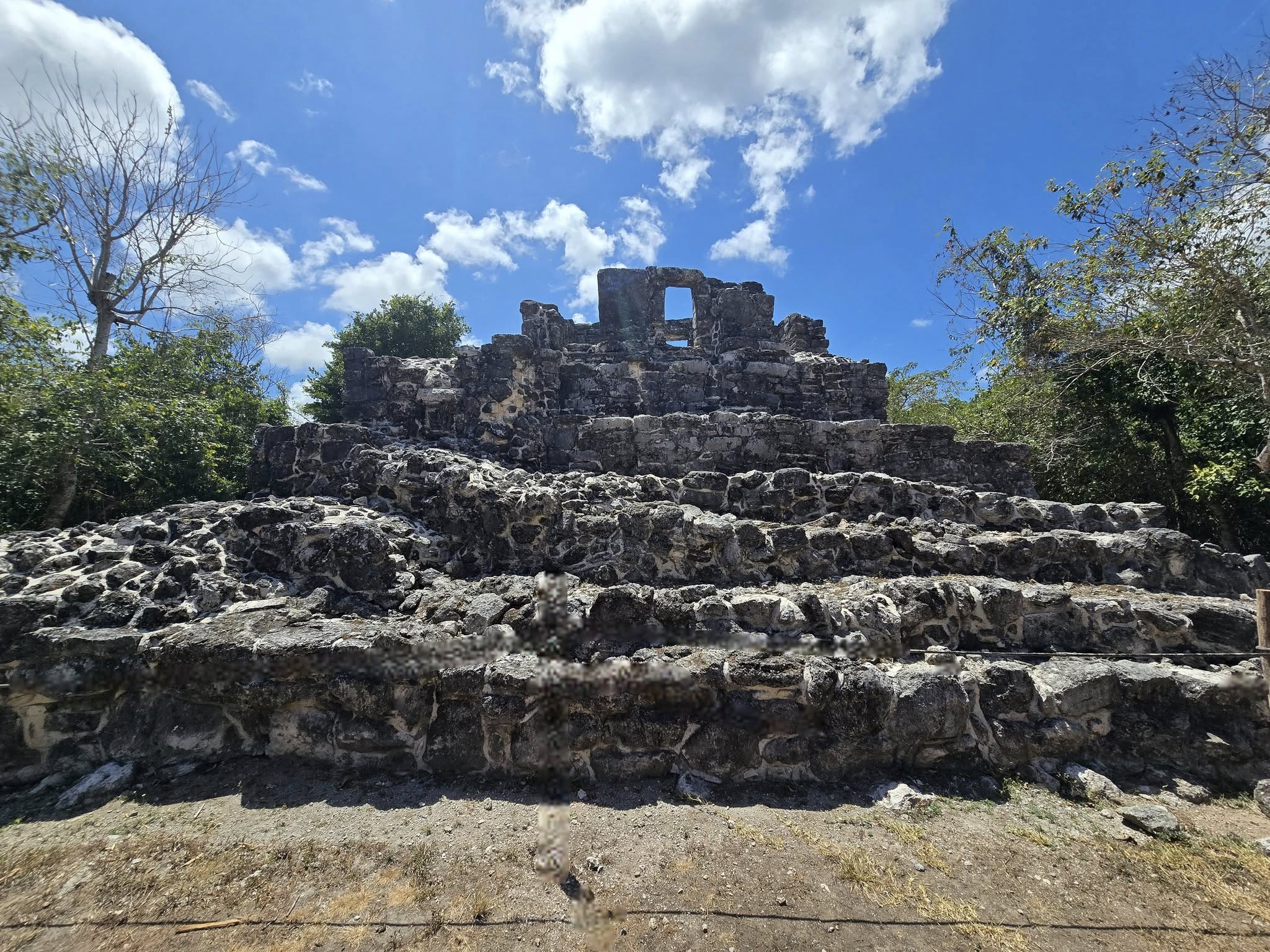
-
Cobá: Pathways Through Time
Although Cobá is somewhat better known than the other sites on this list, it still receives fewer visitors than Chichén Itzá or Tulum. Nestled deep in the jungle, Cobá was once one of the largest Mayan cities, notable for its vast network of sacbés—ancient white limestone roads that connected different parts of the city and even linked to other regions.
The site’s most famous structure is Nohoch Mul, the tallest pyramid in the Yucatán Peninsula, standing at 42 meters (138 feet). While climbing is currently not permitted to preserve the structure, its towering presence is still awe-inspiring.
Cobá also features carved stelae with glyphs that tell stories of dynasties, battles, and rituals. The city reached its peak between 500 and 900 CE and was a major power before being eclipsed by Chichén Itzá.
📍 How to get there: About 1 hour and 45 minutes from Cancún, Cobá is ideal for a day trip. With private transportation, you can add nearby cenotes or local Mayan community visits to your itinerary.

Why Choose Private Transportation to Explore These Sites?
Visiting the lesser-known ruins of the Riviera Maya requires flexibility and convenience—especially if you want to make the most of your day without the hassle of crowded tours or limited public transit. Here’s why private transportation is the best way to go:
- Custom itineraries – Explore at your own pace, without being tied to fixed schedules.
- Comfort and safety – Air-conditioned vehicles, professional drivers, and direct routes.
- Easy connections – Combine visits with nearby cenotes, villages, or beaches.
- Time-saving – Reach remote locations faster and with less stress.
Conclusion
The lesser-known ruins of the Riviera Maya are more than just ancient stones—they are living memories of a rich, complex civilization. Venturing off the beaten path opens the door to unique experiences filled with history, nature, and local culture.
If you’re ready to explore these hidden treasures in comfort and with peace of mind, our private transportation services in Cancún and the Riviera Maya are here to help. Discover the real soul of the Yucatán with the freedom to design your journey—on your terms.

